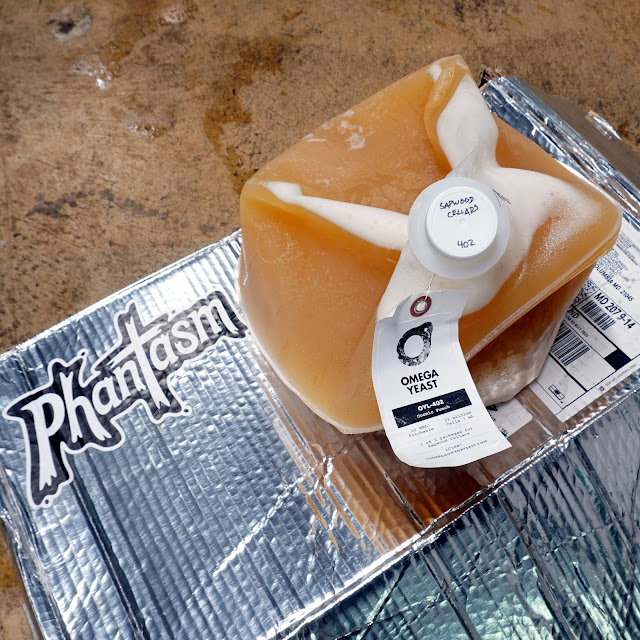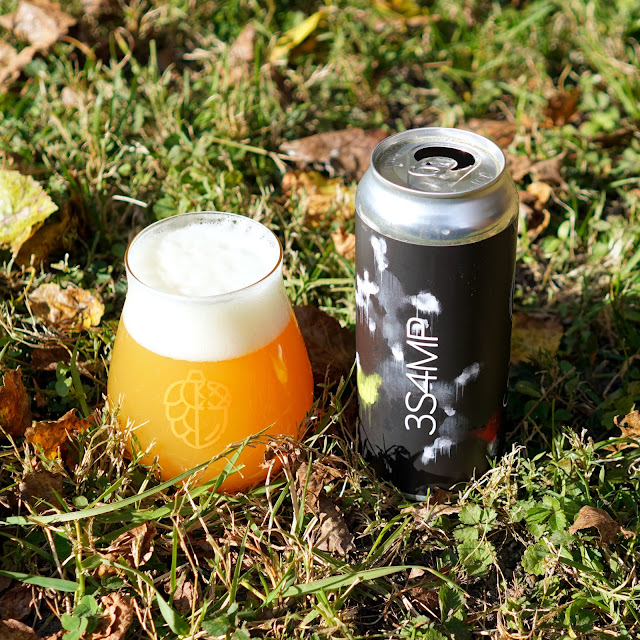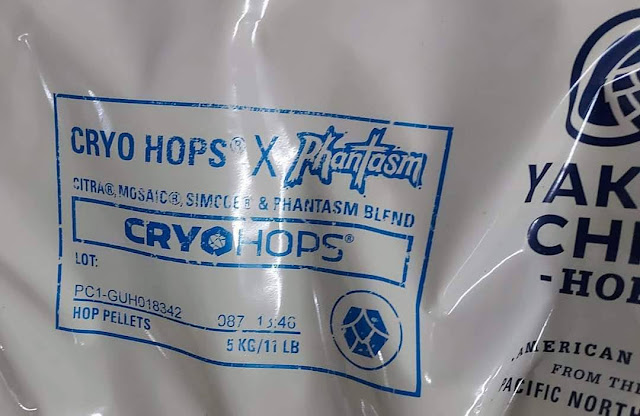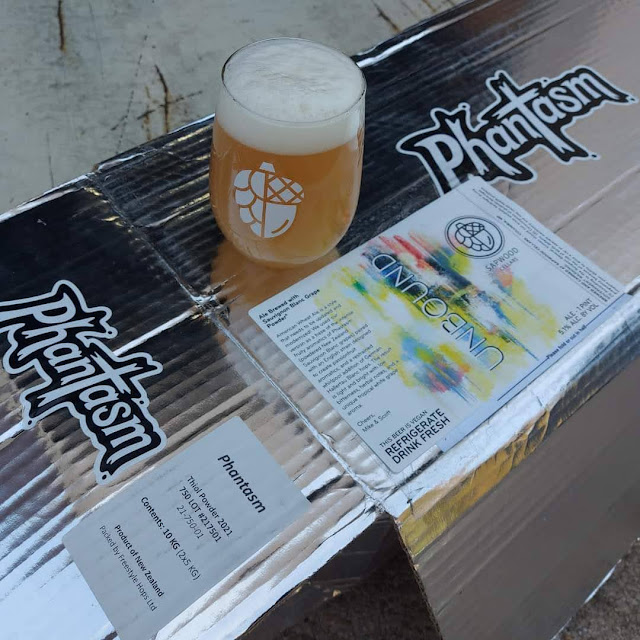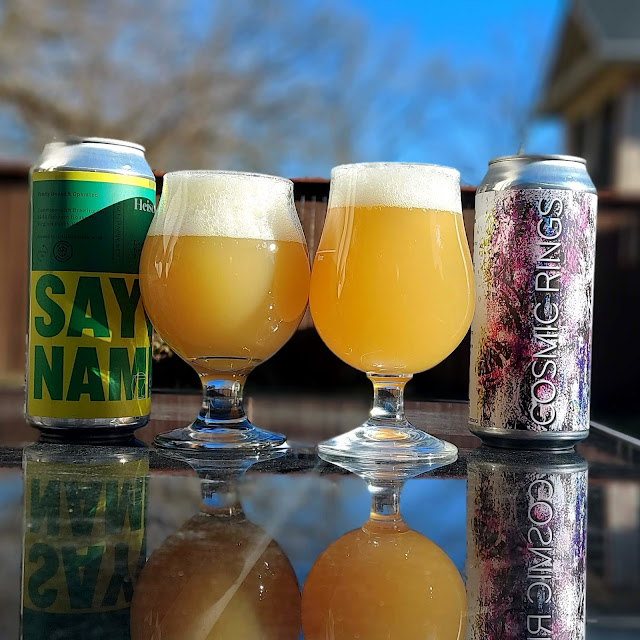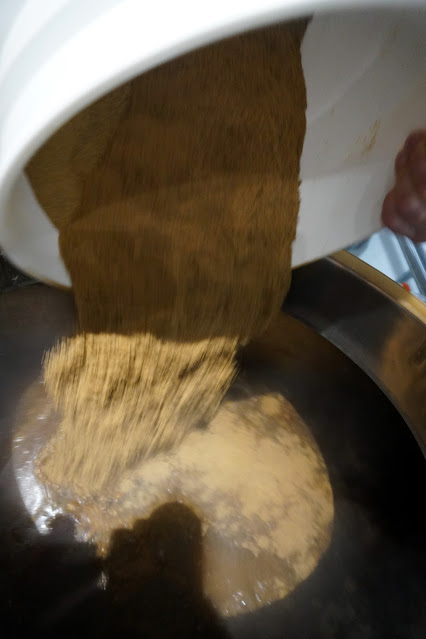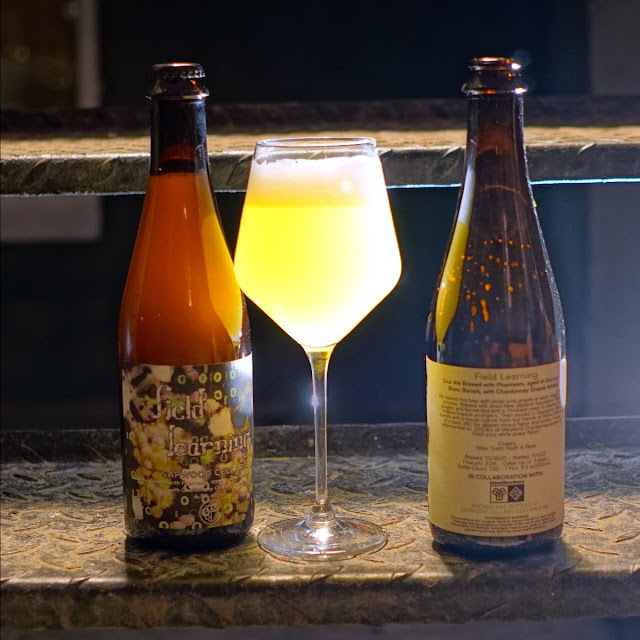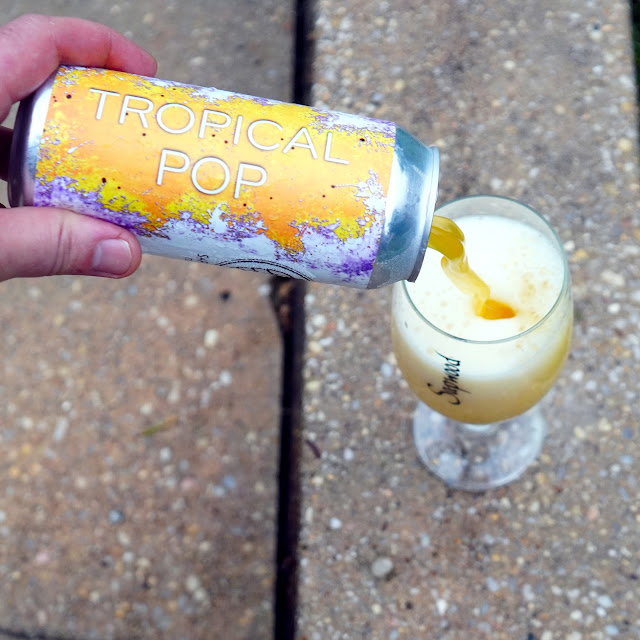 Evin Craney sat down with Beer & Brewer to reflect on his decade-long career in independent beer and highlight the initiatives he's driving forward as IBA Chair.
Evin Craney sat down with Beer & Brewer to reflect on his decade-long career in independent beer and highlight the initiatives he's driving forward as IBA Chair.  Evin Craney sat down with Beer & Brewer to reflect on his decade-long career in independent beer and highlight the initiatives he's driving forward as IBA Chair.
Evin Craney sat down with Beer & Brewer to reflect on his decade-long career in independent beer and highlight the initiatives he's driving forward as IBA Chair. 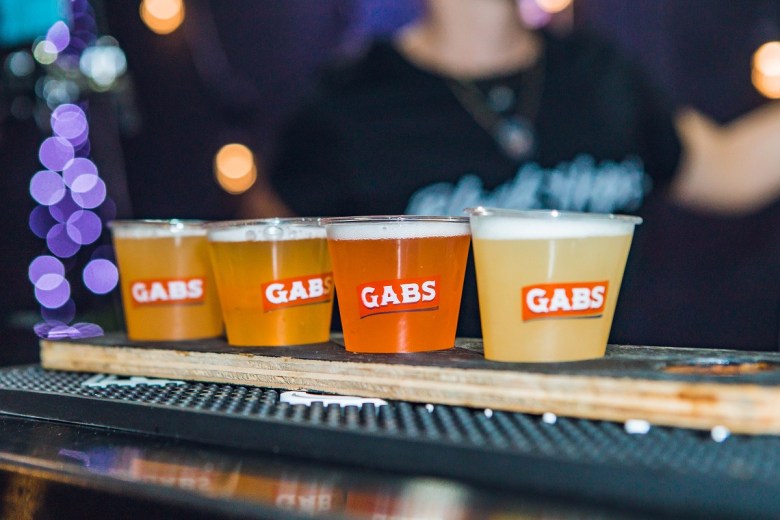 The sub-list shines a spotlight on the most popular beers released in 2024, featuring 72 Australian craft breweries.
The sub-list shines a spotlight on the most popular beers released in 2024, featuring 72 Australian craft breweries.  The Independent Brewers Association has announced that The Indies Awards and BrewCon will not take place in 2025.
The Independent Brewers Association has announced that The Indies Awards and BrewCon will not take place in 2025. 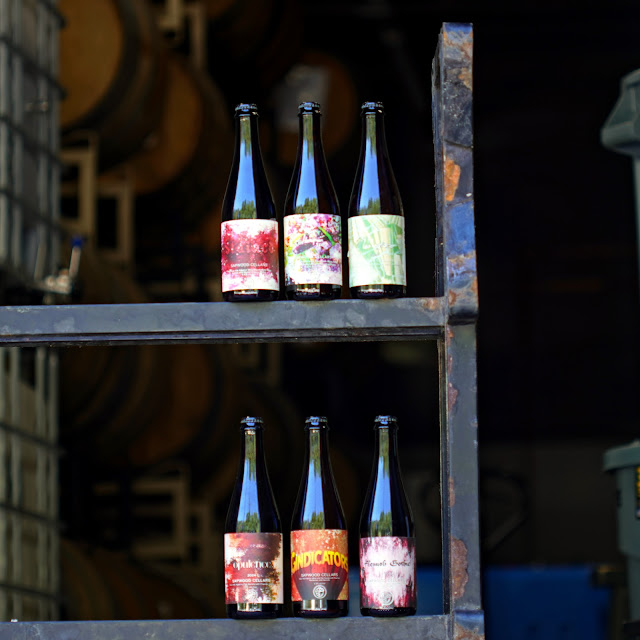
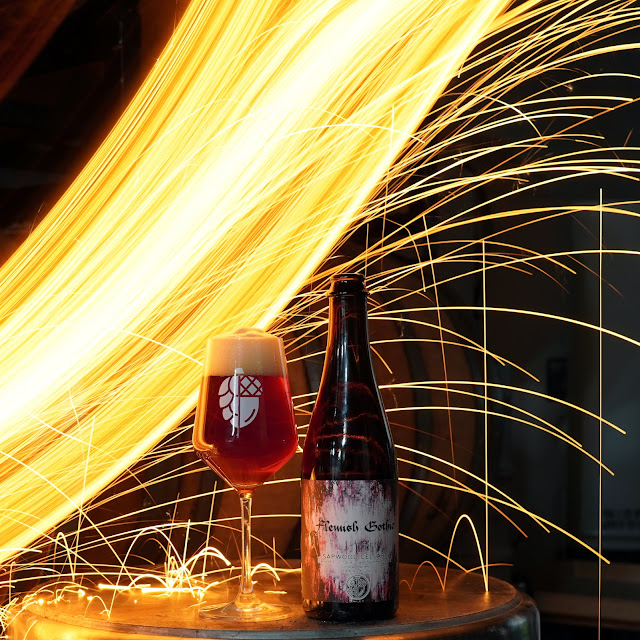
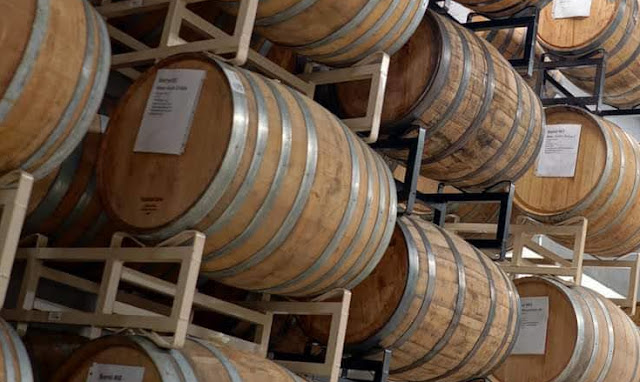
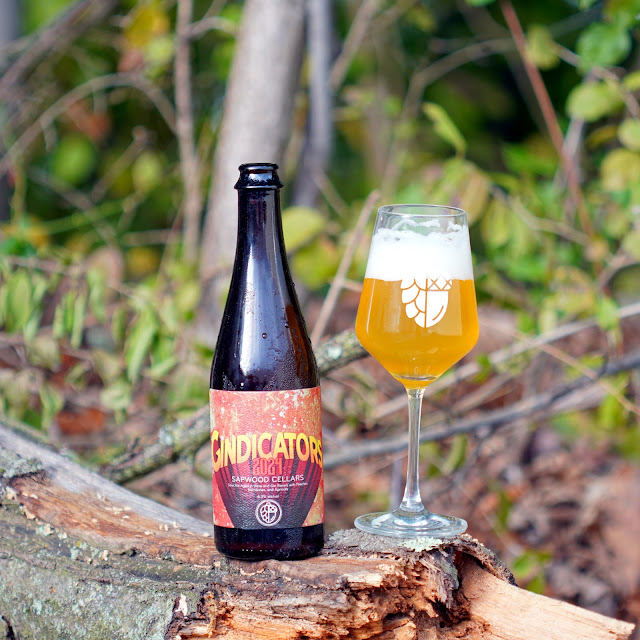

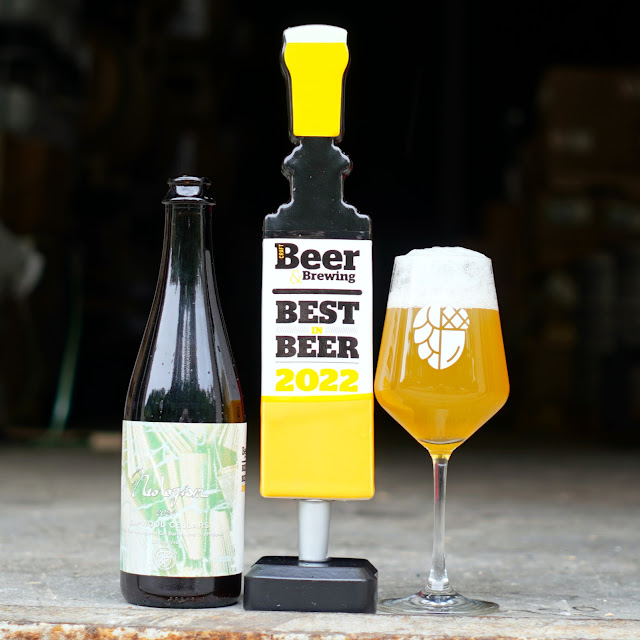
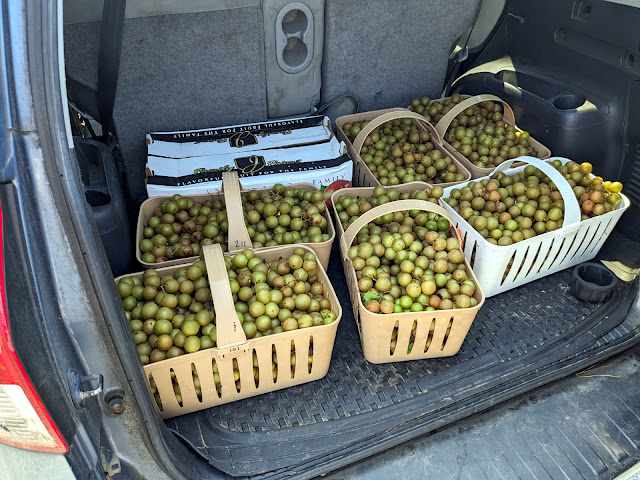
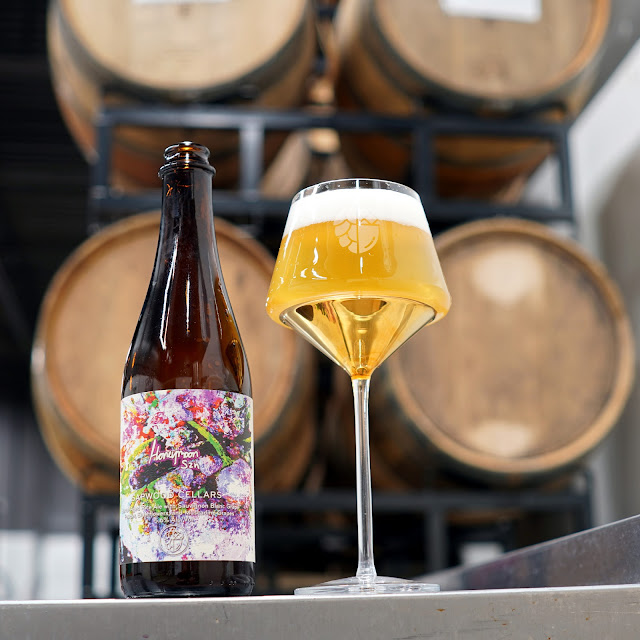
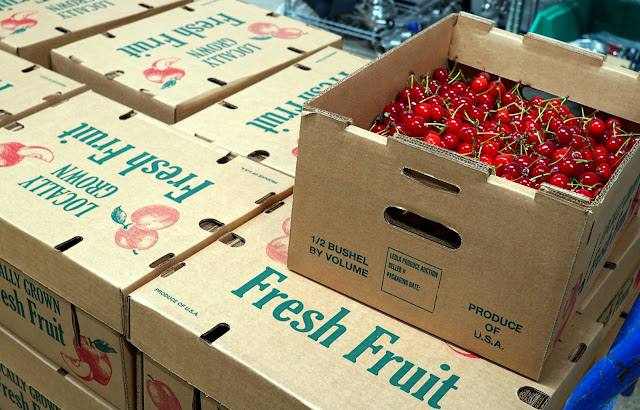
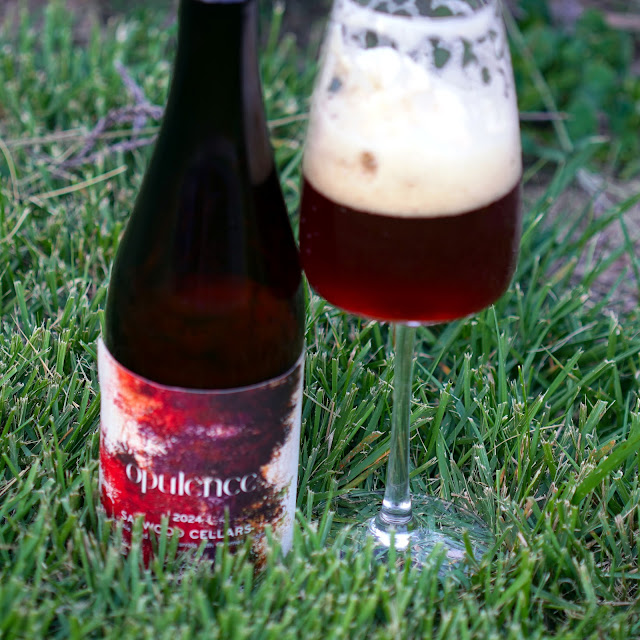

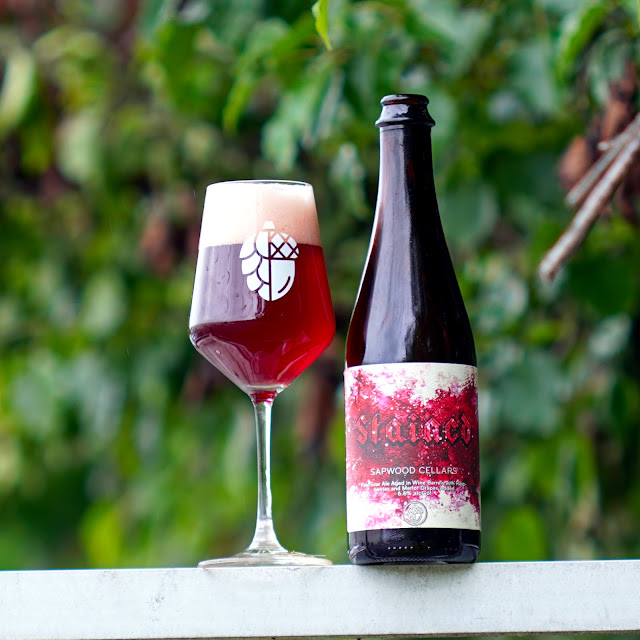
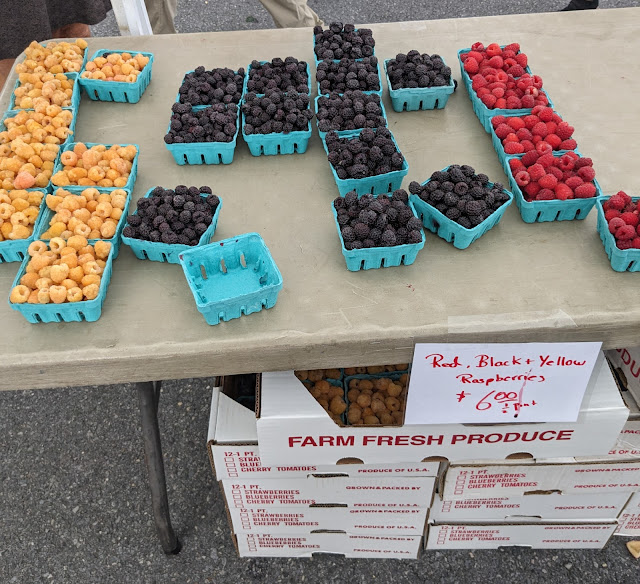
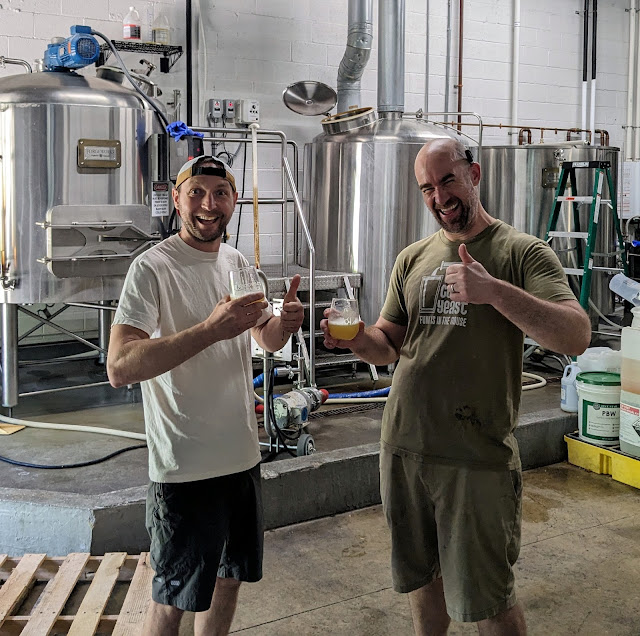
 From Irish stout to hazy pale ales, Beer & Brewer rounds up the best non-alcoholic beers for Dry July.
From Irish stout to hazy pale ales, Beer & Brewer rounds up the best non-alcoholic beers for Dry July. 
 Ahead of Modus Brewing’s 10th anniversary celebration this weekend, we chat with Co-Founder Grant Wearin about his highlights from the past decade.
Ahead of Modus Brewing’s 10th anniversary celebration this weekend, we chat with Co-Founder Grant Wearin about his highlights from the past decade. 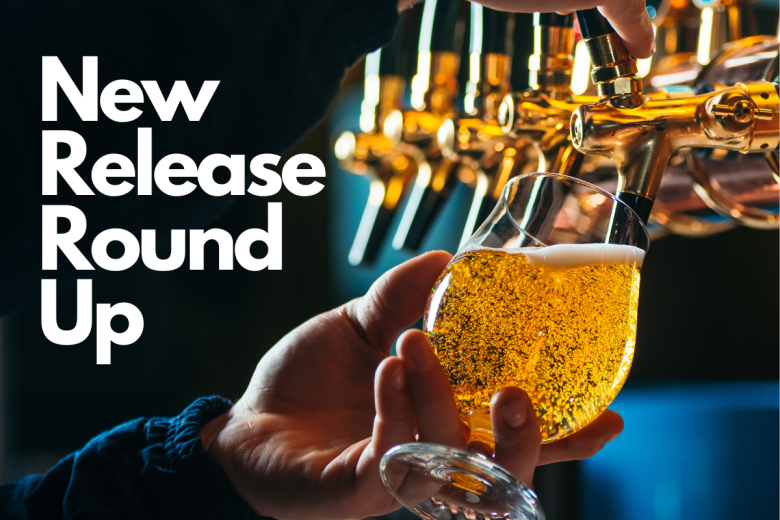 A popular Sydney brewery teams up with a clothing brand, a sour highlights native fruit from the Kimberly, and a 20-year anniversary release.
A popular Sydney brewery teams up with a clothing brand, a sour highlights native fruit from the Kimberly, and a 20-year anniversary release. 
